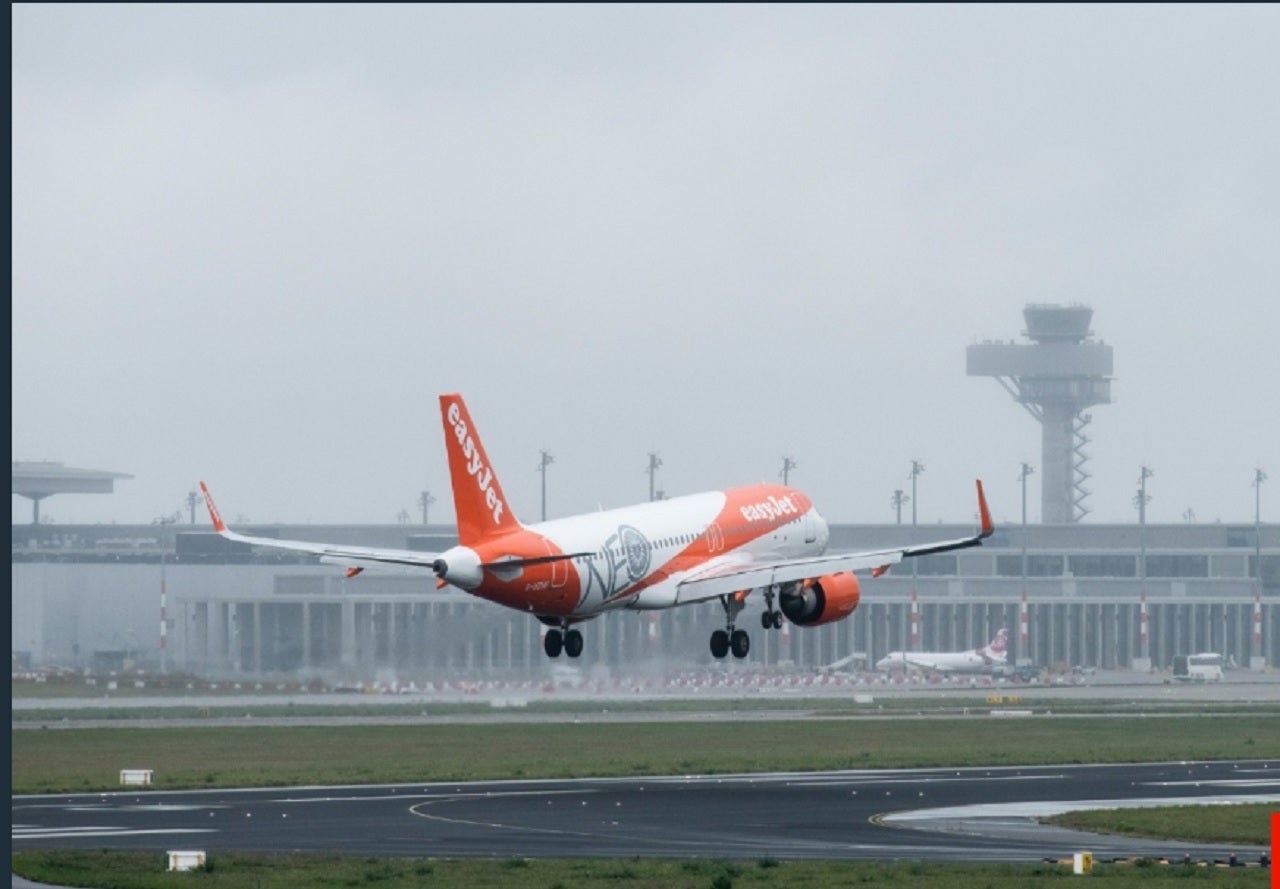
Berlin’s new international airport has become operational after a delay of nine years and amid struggles faced by the global aviation industry due to the Covid-19 pandemic.
Construction on the Berlin Brandenburg Airport Willy Brandt (BER) commenced in 2006.

Discover B2B Marketing That Performs
Combine business intelligence and editorial excellence to reach engaged professionals across 36 leading media platforms.
It was initially scheduled to open in 2011.
Due to technical and construction problems, the inauguration was repeatedly postponed.
The delay increased the operational pressure on Berlin’s two already-crowded airports Tegel and Schoenefeld, which have merged into the new facility.
An Easyjet flight was the first to land at BER. The flight took off from Tegel, which will close in a few days. This was shortly followed by a Lufthansa flight.

US Tariffs are shifting - will you react or anticipate?
Don’t let policy changes catch you off guard. Stay proactive with real-time data and expert analysis.
By GlobalDataBerlin’s airports chief executive Engelbert Luetke Daldrup said that around ten million passengers will land in the German capital this year, as compared to 36 million in 2019.
The current capacity of BER stands at 40 million passengers.
The new airport is owned by the states of Berlin and Brandenburg and the German Federal Government.
It cost around $7bn, which is approximately three times the initial estimated budget.
The airport covers a total area of 1,470ha and its terminals 1 and 2 are located between the two parallel runways while Terminal 5, the former Schönefeld Airport, is in the northern area.
Its two runways can be operated independently. Besides the northern runway, flights will also be operated from the southern runway starting from 4 November.





